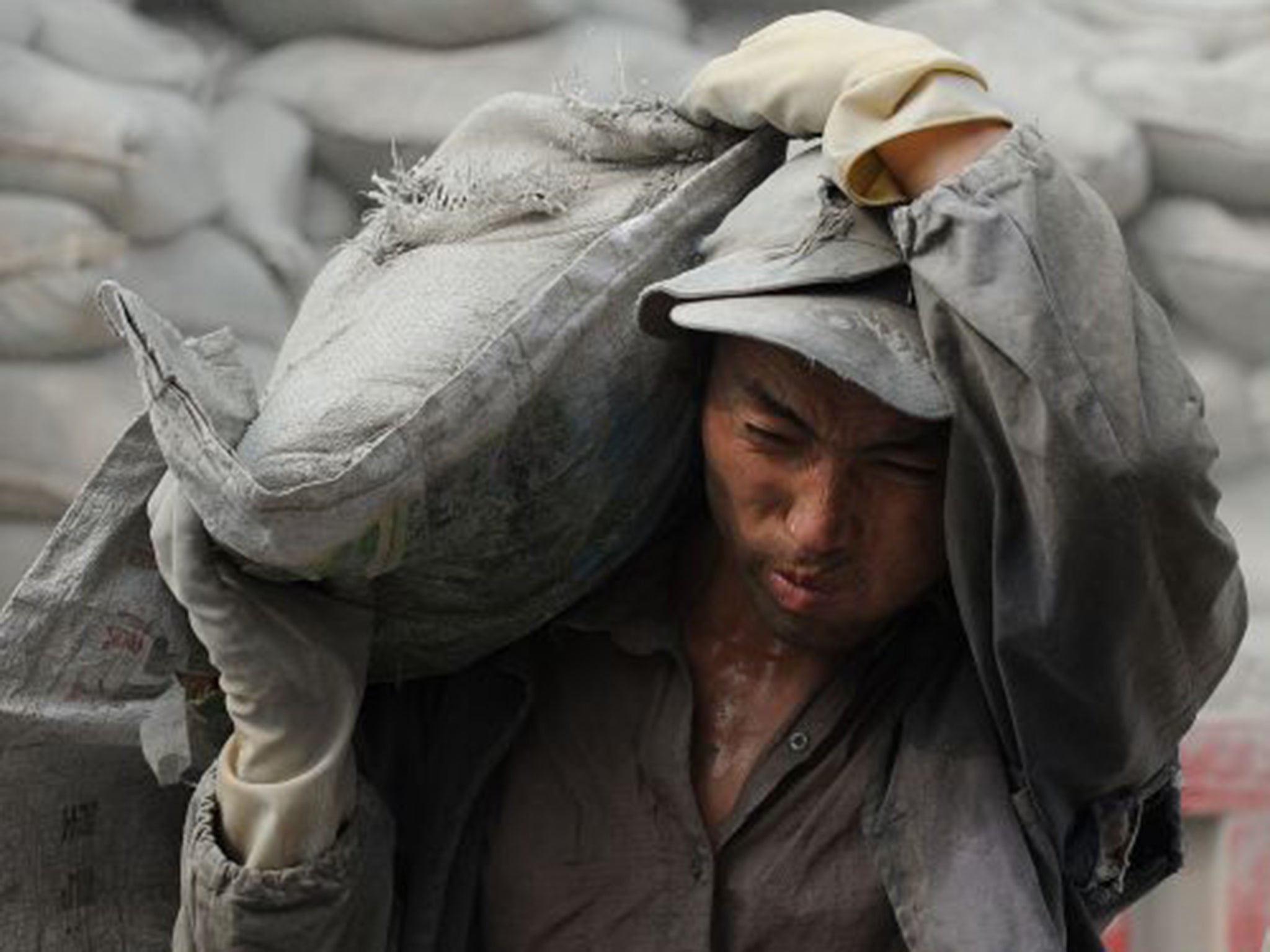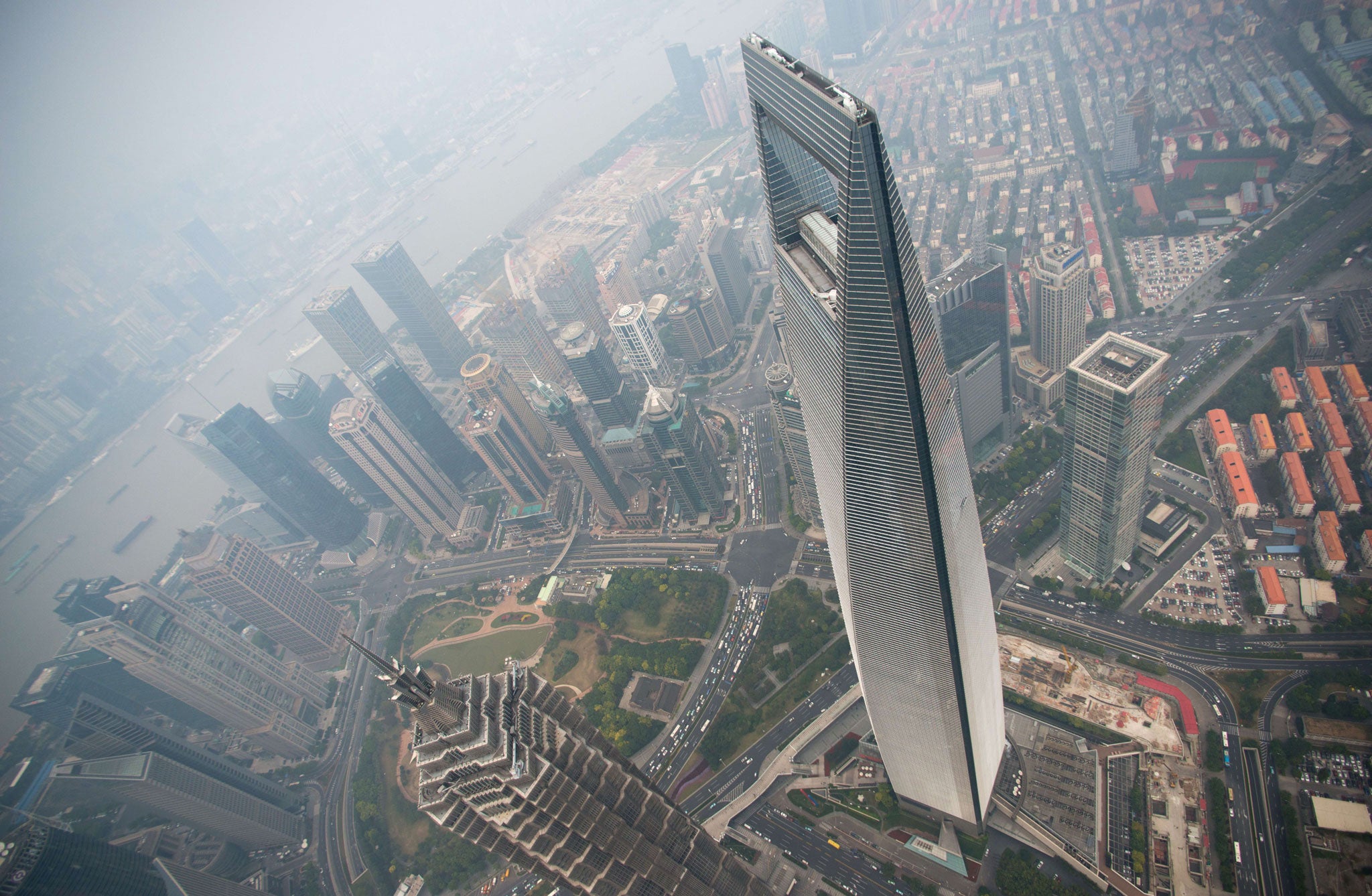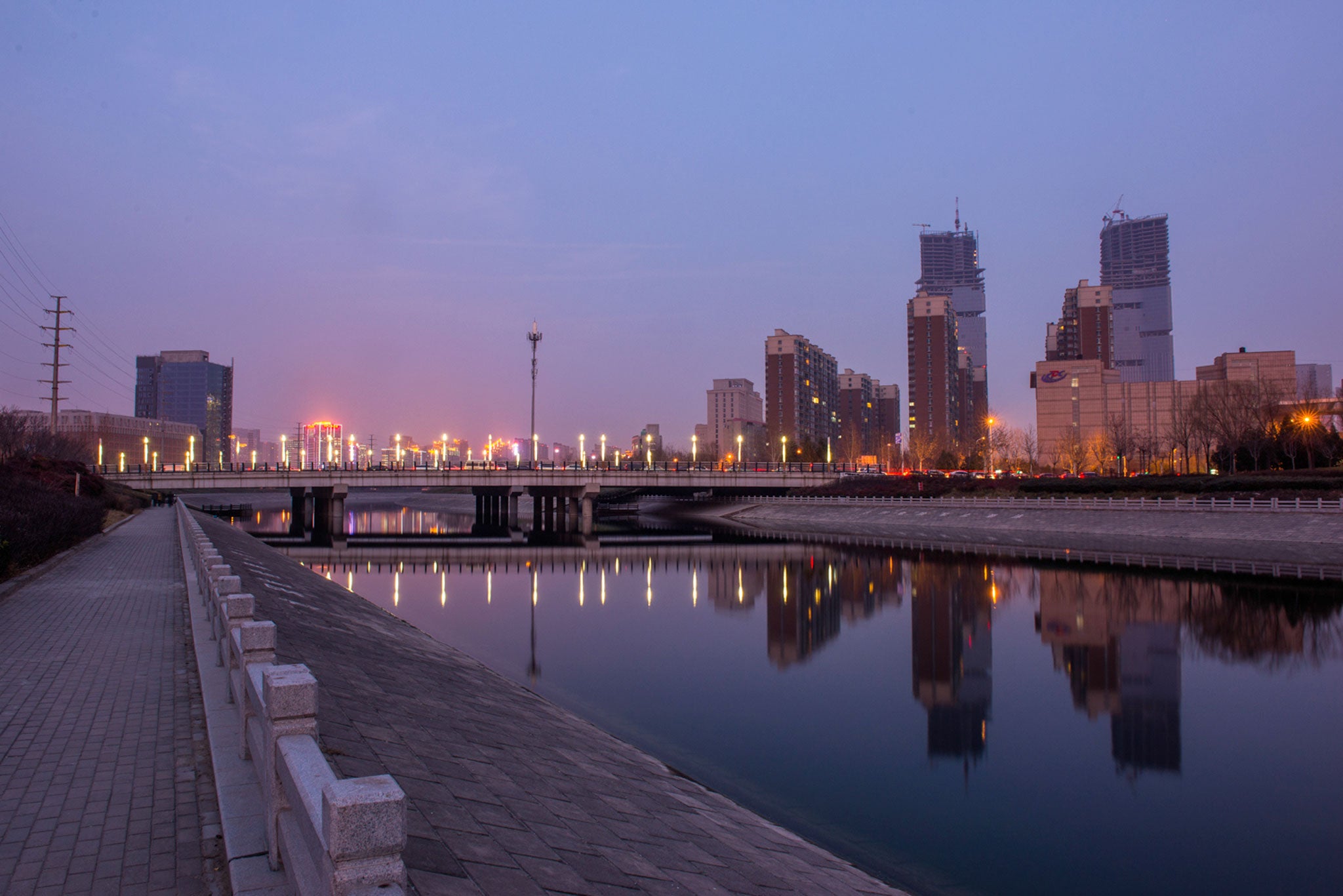How did China use more cement between 2011 and 2013 than the US used in the entire 20th century?
Ana Swanson unpicks the surprising factors behind this building boom

Your support helps us to tell the story
From reproductive rights to climate change to Big Tech, The Independent is on the ground when the story is developing. Whether it's investigating the financials of Elon Musk's pro-Trump PAC or producing our latest documentary, 'The A Word', which shines a light on the American women fighting for reproductive rights, we know how important it is to parse out the facts from the messaging.
At such a critical moment in US history, we need reporters on the ground. Your donation allows us to keep sending journalists to speak to both sides of the story.
The Independent is trusted by Americans across the entire political spectrum. And unlike many other quality news outlets, we choose not to lock Americans out of our reporting and analysis with paywalls. We believe quality journalism should be available to everyone, paid for by those who can afford it.
Your support makes all the difference.It's a figure so mind-blowing that it stunned Bill Gates, who called it "the most staggering statistic" on Twitter. But can it be true that China used more cement between 2011 and 2013 than the US used in the entire 20th century? And if so, how?
Yes, China's economy has grown at an extraordinary rate, and it has more than four times as many people as the United States. But the 1900s were America's great period of expansion, the century in which the US built almost all of its roads and bridges, the interstate system, the Hoover Dam, and many of the world's tallest skyscrapers. And China and the US are roughly the same size in terms of geographic area, ranking third and fourth in the world, respectively.
The statistic seems incredible, but according to government and industry sources, it appears to be accurate. What's more, once you dive into the figures, they have a surprisingly logical explanation that reveals some fascinating differences between the two countries, and some ominous realities about China.
Gates plucked the statistic from the historian Vaclav Smil, who calls cement "the most important material in terms of sheer mass in our civilisation". (In case you need a refresher, cement is a powdery lime-and-clay substance that is combined with water and gravel or sand to make concrete.) Smil got his estimates from the US Geological Survey, whose figures for America's cement consumption during the century adds up to around 4.4 gigatons (1 gigaton is roughly 1 billion metric tons).
In comparison, China used around 6.4 gigatons of cement in the three years of 2011, 2012 and 2013. Clearly, the amount of cement that China has used in recent years is just stunningly huge. So how did China use so much cement? First, the country is urbanising at a historic rate, much faster than the US did in the 20th century. In 1978, less than a fifth of China's population lived in cities. By 2020, that proportion will be 60 per cent.

China's cities have been transformed to make room for this influx of people. By some estimates, half of China's infrastructure has been built since 2000, with new rail networks, motorways, dams, airports and high-rise apartment buildings springing up across the country. For example, the high-rise changes to Shanghai's Eastern Pudong District between 1987 and 2013 have made the city unrecognisable. You can see why Spike Jonze chose Pudong as the setting for a city of the future in the recent film Her.
What's almost more impressive than China's biggest cities is the incredible number of "small" cities that no one has ever heard of. In 2009, China had 221 cities with more than a million people in them, compared with only 35 in Europe. Even relatively minor cities such as Zhengzhou and Jinan are more populous than Los Angeles or Chicago.
The world also experienced a shift in building materials over the 20th century. In 1950, the world manufactured roughly as much steel as cement; by 2010, steel production had grown by a factor of eight, but cement had gone up by a factor of 25. And where many houses in the US are made of wood, China suffers from a relative lack of lumber. Unlike in the US, many people in China live in high- or low-rise buildings made out of cement.
Finally, China's cement industry is much larger than it should be. Many of China's cement manufacturers are state-owned, and they benefit from government support and access to cheap capital. As in other overcapacity state-owned industries, China's cement sector has undergone a period of explosive growth without much regard for product quality or profits.

This massive cement industry also takes a heavy toll on the environment. Scientists estimate that the global cement industry accounts for around 5 per cent of the world's carbon emissions, and more than half of the world's cement production capacity is based in China.
What's more, low standards for construction quality mean that some of China's concrete buildings may have to be knocked down and replaced in as little as 20 or 30 years. According to Goldman Sachs, about a third of the cement that China uses is low-grade stuff that wouldn't be used in other countries.
When Bill Gates wrote in his blog about China's stunning cement consumption, he pointed out that the issue of materials is key to helping the world's poorest people improve their lives. Replacing mud floors with concrete improves sanitation; paving roads with concrete allows vegetables to get to market, children to get to school, and the economy to flourish. In China, the building boom has spurred economic growth that has lifted hundreds of millions of people out of poverty.
And yet, China's massive cement use also points to a darker side of the economy: the waste that occurs with too much top-down economic planning, and the environmental toll of growth at all costs. China's cement splurge is impressive, yes, but it may hold the seeds of a more ominous story.
©Washington Post
Join our commenting forum
Join thought-provoking conversations, follow other Independent readers and see their replies
Comments